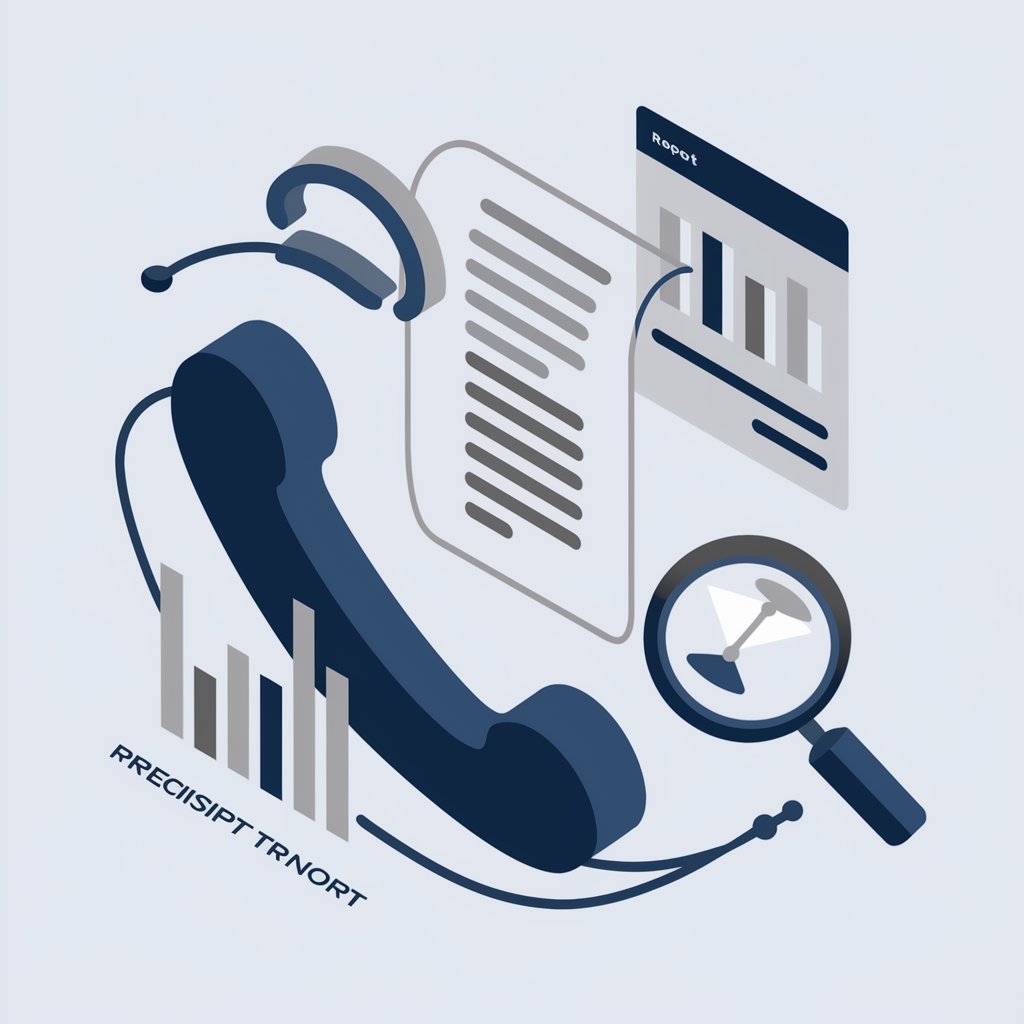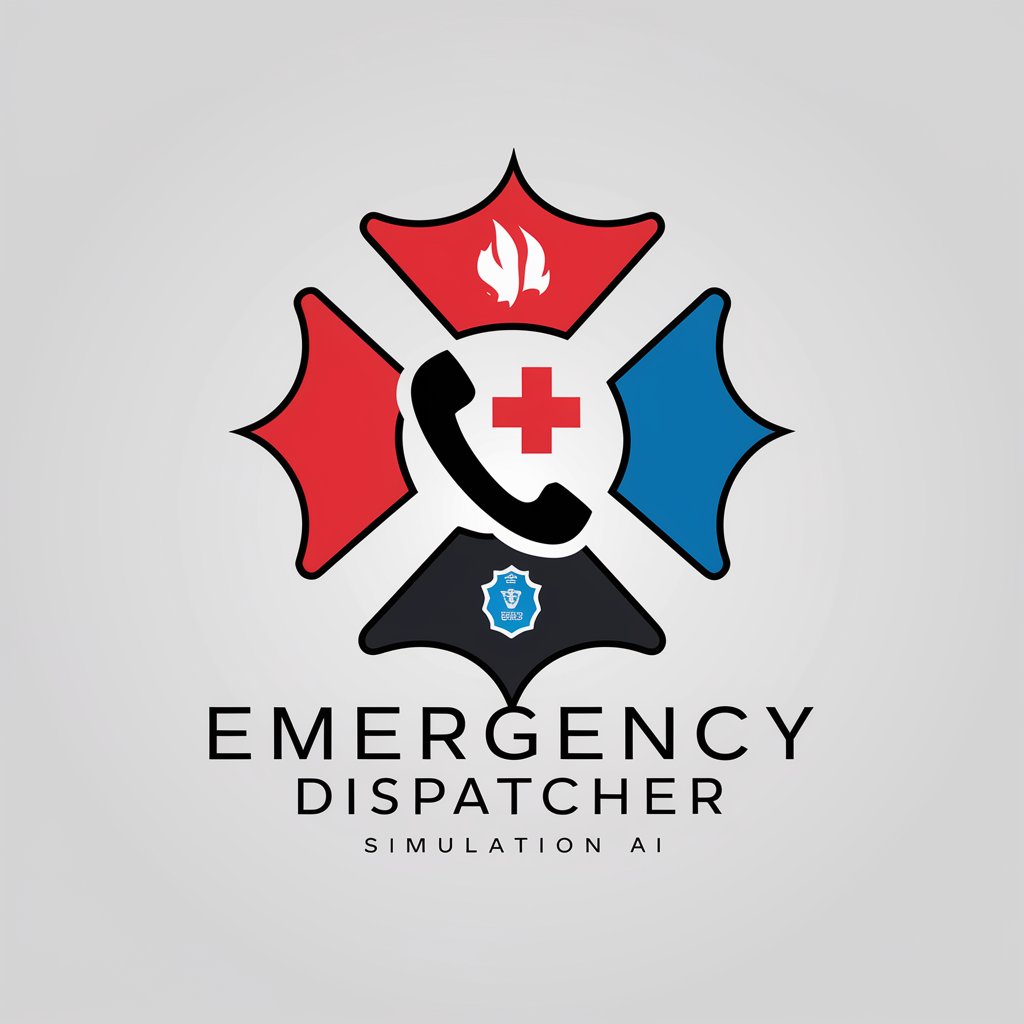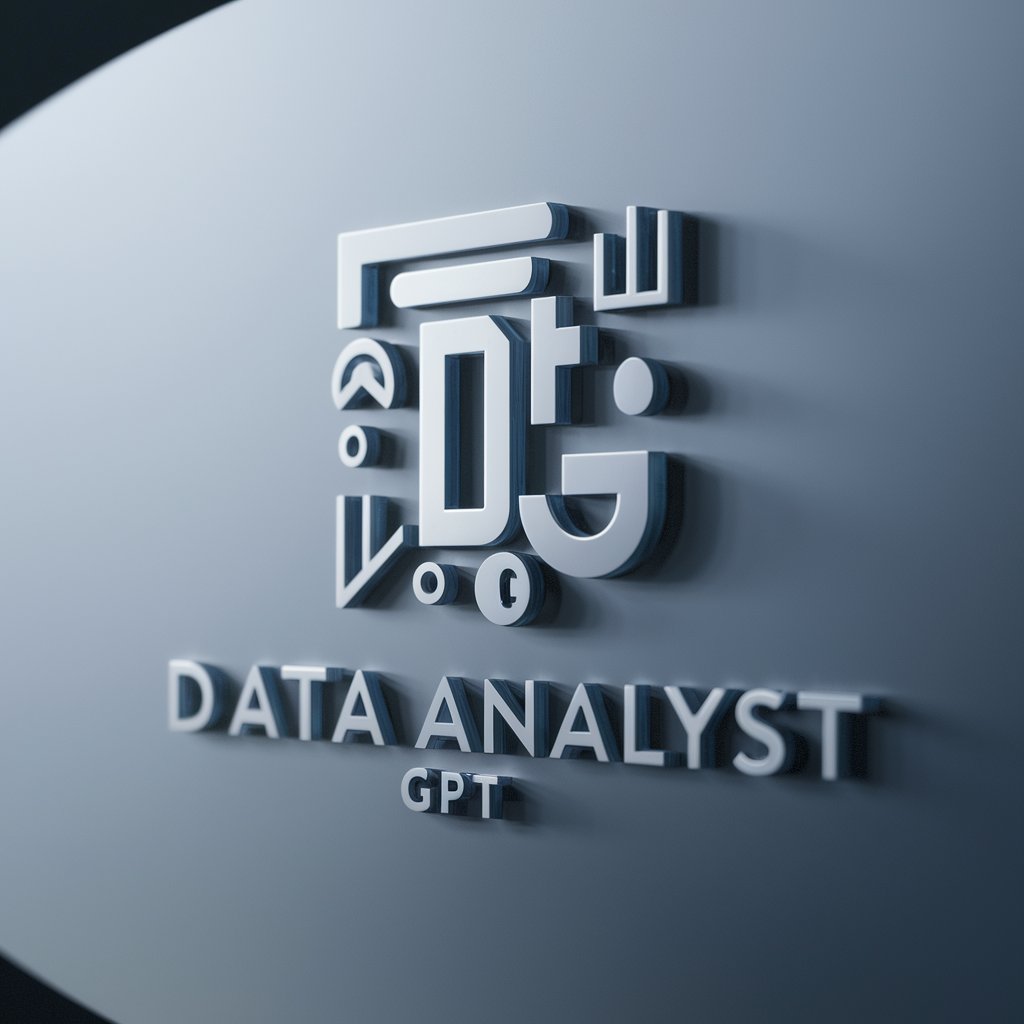
911 Calls for Service Data Analyst - Comprehensive 911 Data Analysis

Welcome to the 911 Calls for Service Data Analyst interface.
Empowering emergency response with AI-driven insights
Analyze the trend of 911 call types over the past year
Provide a breakdown of the response times for different types of 911 calls
Examine the correlation between time of day and the frequency of 911 calls
Identify the most common reasons for 911 calls in a specific region
Get Embed Code
Overview of 911 Calls for Service Data Analyst
The 911 Calls for Service Data Analyst is a specialized analytical tool designed to process and analyze data related to emergency calls dispatched through 911 systems. It employs statistical and data analysis methodologies to extract insights from the volume, nature, and outcomes of dispatched calls, assisting in decision-making and strategic planning. This tool is crucial for optimizing emergency response strategies and improving public safety services by identifying trends, pinpointing areas of high demand, and evaluating the efficiency of response efforts. For example, by analyzing time series data of call volumes, the tool can help predict future demand peaks and optimize staffing and resource allocation accordingly. Powered by ChatGPT-4o。

Core Functions of 911 Calls for Service Data Analyst
Trend Analysis
Example
By examining historical data, the tool identifies patterns in call frequency during specific times (e.g., holidays or public events), enabling better preparedness and resource management.
Scenario
A city's emergency management department uses trend analysis to allocate additional resources during New Year's Eve when there is a statistically significant increase in calls related to public disturbances and firework accidents.
Resource Allocation Optimization
Example
The tool analyses call data to determine areas with the highest call volumes and the types of services most requested, guiding the strategic placement of resources.
Scenario
A county sheriff's office redistributes patrol units based on an analysis showing increased emergency calls in certain rural areas at specific times, enhancing response times and community safety.
Performance Evaluation
Example
Performance metrics derived from response times, call resolution rates, and caller feedback are analyzed to gauge the effectiveness of current emergency response strategies.
Scenario
A municipal emergency services department conducts a quarterly review of their response strategies using the tool, identifying areas where response times exceed the national average and implementing targeted improvements.
Target User Groups for 911 Calls for Service Data Analyst
Emergency Services Departments
Local and state emergency services departments, including fire, police, and medical emergency units, utilize the tool to enhance their operational decisions, leading to more effective emergency management and improved public safety outcomes.
Municipal Planners and Administrators
Municipal planners and administrators use the tool to design better emergency response frameworks based on data-driven insights, ensuring efficient use of city resources and improved readiness for emergency situations.
Public Safety Researchers
Academics and researchers in the field of public safety and emergency response utilize the tool for conducting studies, publishing findings, and recommending policy changes based on comprehensive data analysis of emergency call patterns and outcomes.

How to Use 911 Calls for Service Data Analyst
Initial Access
Visit yeschat.ai to begin your free trial without the need for login or a subscription to ChatGPT Plus.
Data Preparation
Prepare your dataset by ensuring it is in a compatible CSV format with clear, accurate headers for each column to facilitate effective data analysis.
Feature Exploration
Utilize the platform to explore various features like data visualization, trend analysis, and pattern detection to understand the nuances of your data.
Perform Analysis
Apply analytical tools to assess and interpret the data, focusing on key metrics such as call frequencies, response times, and dispatch efficiency.
Draw Conclusions
Use the insights gained from the analysis to formulate conclusions and recommendations for improved emergency response strategies and resource allocation.
Try other advanced and practical GPTs
Academic Mentor
Empowering your academic journey with AI.

De-Complexify Your Thoughts
Clarifying Thoughts, Powering Decisions

Japan Hidden Gems
Uncover Japan's Secret Spots with AI

Black Crowes Musicology
Explore Black Crowes with AI

Correcteur aumtomatique
AI-Powered Spelling Corrections

GHL Specialist
Unlock Your Business's Full Potential with AI-Powered GoHighLevel Insights

Automate My Work Phone Calls by Vibrato
Streamlining calls with AI technology

Masonic Scribe UK
Enlightening Masonic Journeys with AI

Q:.H:. GPT
Crafting Masonic Works with AI

AI Argument Analyst
Dissect Arguments with AI Precision

Class Tracker
AI-powered class management solution

文章编辑专家
Smarter Writing with AI Insight

FAQs about 911 Calls for Service Data Analyst
What file format is required for analyzing data with this tool?
The tool requires data in CSV format, which should include appropriate headers to ensure accurate parsing and analysis.
Can the tool predict trends in emergency calls?
Yes, the tool can analyze historical data to identify patterns and predict future trends, helping in proactive resource planning.
Is it possible to customize the analytical parameters?
Absolutely, users can set specific parameters such as time frames, types of emergencies, and geographic areas to tailor the analysis to specific needs.
How does this tool help in improving emergency response?
By providing detailed insights into call volumes, types of emergencies, and response times, the tool helps optimize dispatch decisions and resource allocation.
What support is available for new users?
New users can access detailed documentation, tutorial videos, and can also request online support for troubleshooting and guidance on how to effectively use the tool.





